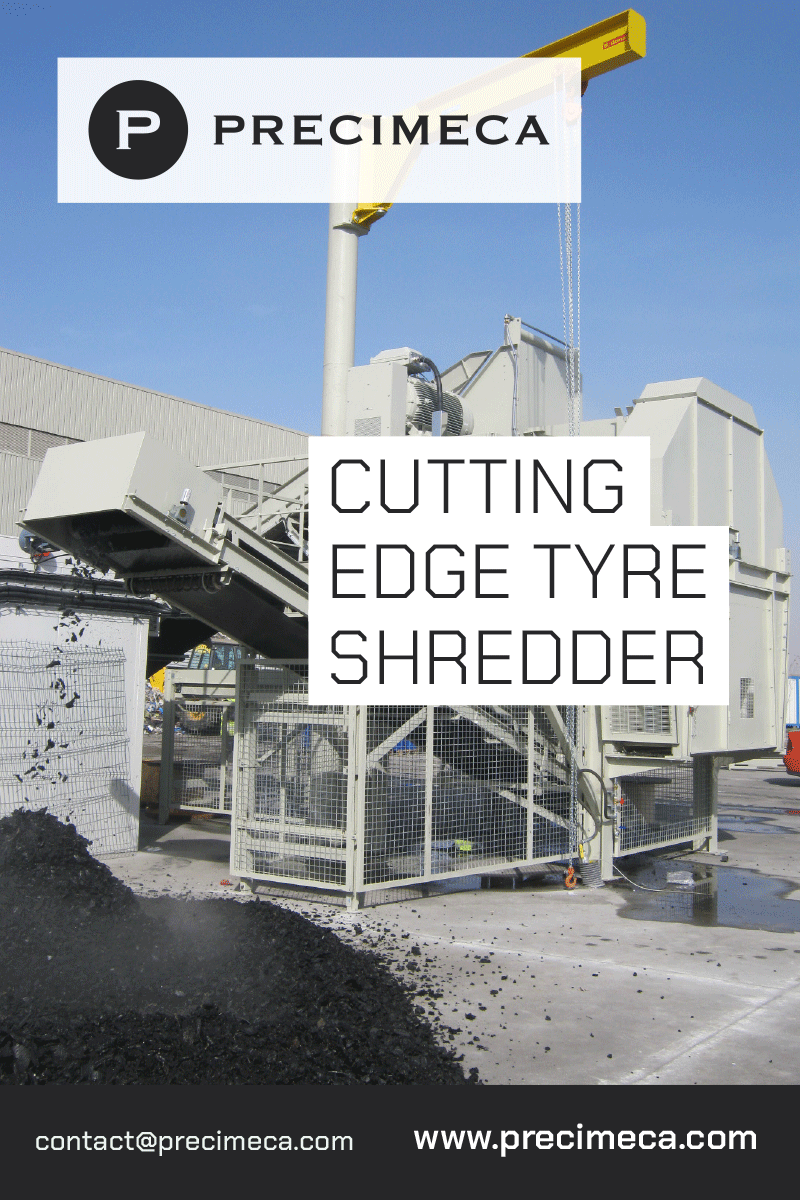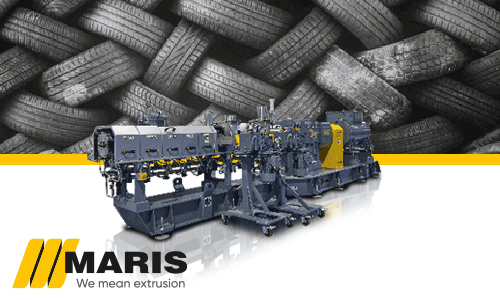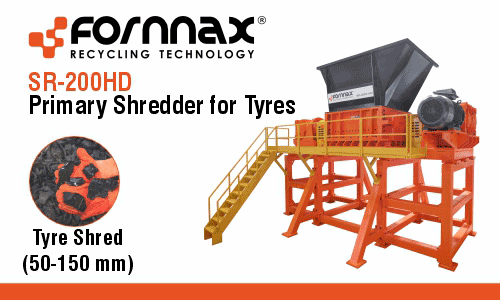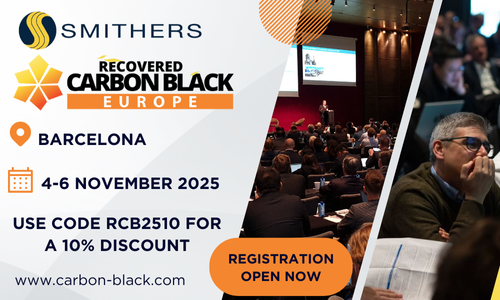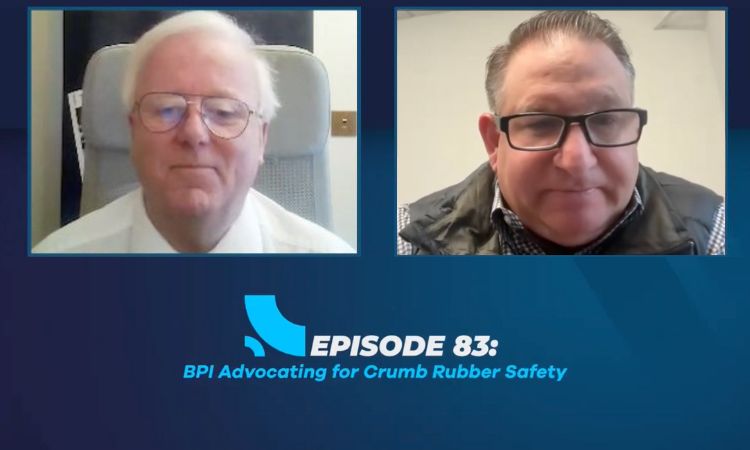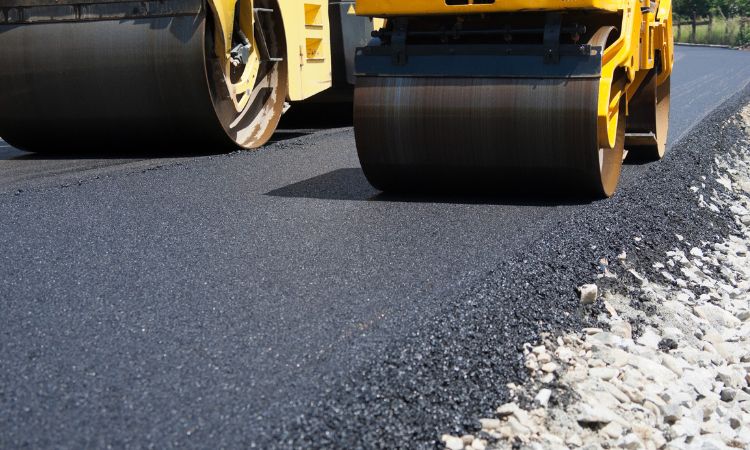Reoil's rCB in printing inks: Feasibility and formulation insights
A recent technical overview from Reoil Sp. z o.o., distributed by HARKE GROUP, evaluates the feasibility of using recovered carbon black (rCB) in printing ink formulations. Derived via pyrolysis of end-of-life tires, this rCB offers sustainability advantages by reducing reliance on virgin carbon black and lowering overall carbon emissions. The material also presents cost efficiency, making it an attractive option for large-scale ink production.
The report highlights that while rCB pellets may initially appear too coarse for printing inks, modern milling technologies such as bead mills or three-roll mills can effectively disperse the material to sub-micron levels. Achieving adequate dispersion is key to ensuring acceptable color strength, gloss, and overall ink performance.
Material properties such as moderate surface area and relatively high ash content (19–25%) suggest rCB is well-suited for applications where ultra-deep black is not essential, but sustainability and cost reduction are priorities. The formulation process may require additional grinding, filtration, and the use of dispersants to achieve stability and consistency. Lab trials are recommended to fine-tune these parameters.
Read more about rCB in printing ink applications in the original article by HARKE GROUP.
Weibold is an international consulting company specializing exclusively in end-of-life tire recycling and pyrolysis. Since 1999, we have helped companies grow and build profitable businesses.


